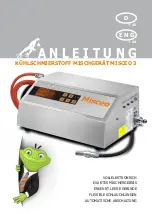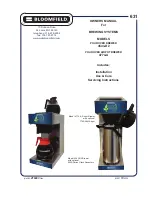Reviews:
No comments
Related manuals for POWER TILT

Misceo 3
Brand: Hamma Pages: 60

Eva400
Brand: Handicare Pages: 20

Coolcut 30
Brand: WeldKing Pages: 31

NeverFreeze SX-0810-24
Brand: ThermoSoft Pages: 5

PIPE LIFT
Brand: Kenco Pages: 15

Marine Pro RIO 216
Brand: auto maskin Pages: 11

XTI-201
Brand: Parweld Pages: 16

Stinger Hornet
Brand: First Power Pages: 16

RM-208 CB.13.01
Brand: EasyLine Pages: 16

9217967
Brand: Nedap Pages: 24

4543-D2
Brand: Bloomfield Pages: 16

SLT-660F
Brand: Jet Pages: 16

ACCOLIFT series
Brand: ACCO Brands Pages: 140

297072-01
Brand: Maxon Pages: 3

S2000-AR2
Brand: bolid Pages: 3

TH1632
Brand: PVI Pages: 12

PRO-POWER VIMSF100
Brand: VITO Pages: 48

9219
Brand: National Instruments Pages: 49

















